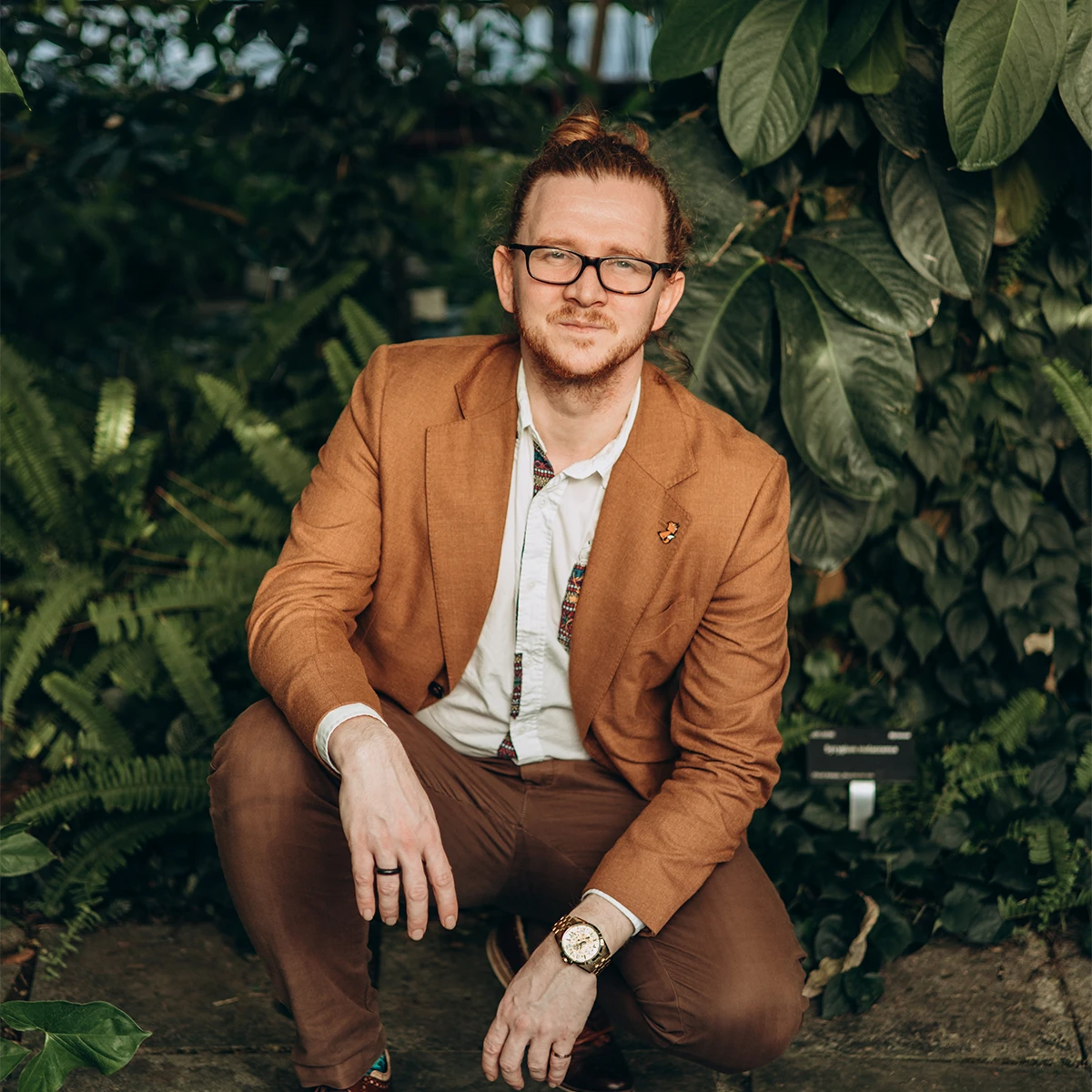Biodiversity Needs a Business Model: Rethinking How We Finance Nature
By Assoc. Prof. Dr. Hynek Roubík

Assoc. Prof. Dr. Hynek Roubík

For decades, biodiversity has been regarded as a moral and ecological imperative, but not a financial one. While global institutions and scientific communities have emphasised the importance of protecting ecosystems, the tools to translate this value into investment-grade frameworks have lagged significantly behind. Today, that is changing. As climate finance accelerates and sustainability becomes a boardroom priority, the question is no longer whether to invest in nature – but how. And the reality is clear: biodiversity needs a business model.
The Cost of Inaction
The economic consequences of biodiversity loss are staggering. The World Bank estimates that nature’s degradation could cost the global economy $2.7 trillion annually by 2030[1]. Yet current investment in nature-based solutions remains far below what’s needed to halt ecosystem collapse. The bottleneck? A lack of structured, trusted, and scalable mechanisms to embed biodiversity in financial decision-making. Unlike carbon markets, biodiversity has no globally accepted credit system, no standardised metrics, and no clear policy pathways for de-risking investments. That’s where science and finance must meet.
Bridging Science and Finance
The BIO-CAPITAL project, funded by Horizon Europe, is one of several EU initiatives aimed at closing this gap. It brings together ecologists, data scientists, financial experts, and policy practitioners to co-create mechanisms that monetise biodiversity-positive actions – but with scientific integrity and social legitimacy.
At the core of BIO-CAPITAL’s approach is the recognition that ecological restoration must be measurable, verifiable, and certifiable in order to attract private capital. This means building new tools and infrastructure:
- MRV (Monitoring, Reporting & Verification) systems based on remote sensing and AI
- Natural Capital Accounting/Triple Capital Accounting frameworks that quantify ecosystem benefits
- Biodiversity certificates and credits rooted in transparent methodology
- Financial mechanisms like sustainability-linked bonds or blended finance instruments tied to ecological performance
Avoiding the Greenwashing Trap
However, commodifying nature carries its own risks. Without robust governance, we risk creating a market for biodiversity products that appear promising on paper but fail in practice. The race to develop biodiversity credits, for instance, has seen an influx of players proposing token-based systems, offset schemes, or voluntary certificates—many of which lack clear scientific baselines or traceability. This raises concerns about greenwashing and the dilution of genuine conservation outcomes. To counter this, BIO-CAPITAL and similar initiatives are working to embed scientific rigour, transparency, and stakeholder co-design into all valuation and certification models. The emphasis is not just on pricing biodiversity, but on defining its ecological integrity in ways that are both actionable and trustworthy.
A New Financial Architecture for Nature
To scale investment in biodiversity, we must move beyond isolated pilots and fragmented projects. We need a systemic financial architecture that supports:
- Clear performance indicators for biodiversity outcomes
- Long-term, risk-adjusted returns for nature-positive investments
- Integration of biodiversity into ESG frameworks and regulatory disclosures
- Incentives for blended finance models that combine public guarantees with private capital
This is not a call to turn nature into a commodity – it is a call to internalise its value into decision-making, at every level from farmers and landowners to institutional investors.
What Comes Next?
For biodiversity finance to become mainstream, we must rethink traditional silos between science, policy, and markets. Projects like BIO-CAPITAL are already laying the groundwork by connecting MRV systems with financial instruments, aligning stakeholder interests, and building models that can scale—and be trusted. At the same time, initiatives such as Invest4Nature, NATURANCE, BIO-CAPITAL, BIOFIN, Nature-3B, and RISE-IN demonstrate the growing momentum across Europe and beyond to integrate nature-based solutions and financial innovation into a coherent, systemic approach.
But the work has only begun. In the decade ahead, the world will either redefine how value is assigned to the natural world or continue extracting from it until it collapses. The choice is clear. The tools are emerging. Now, biodiversity must be bankable – with integrity at its core.
Assoc. Prof. Dr. Hynek Roubík is the Dean of the Faculty of Tropical AgriSciences at the Czech University of Life Sciences Prague and Coordinator of the Horizon Europe BIO-CAPITAL project.
